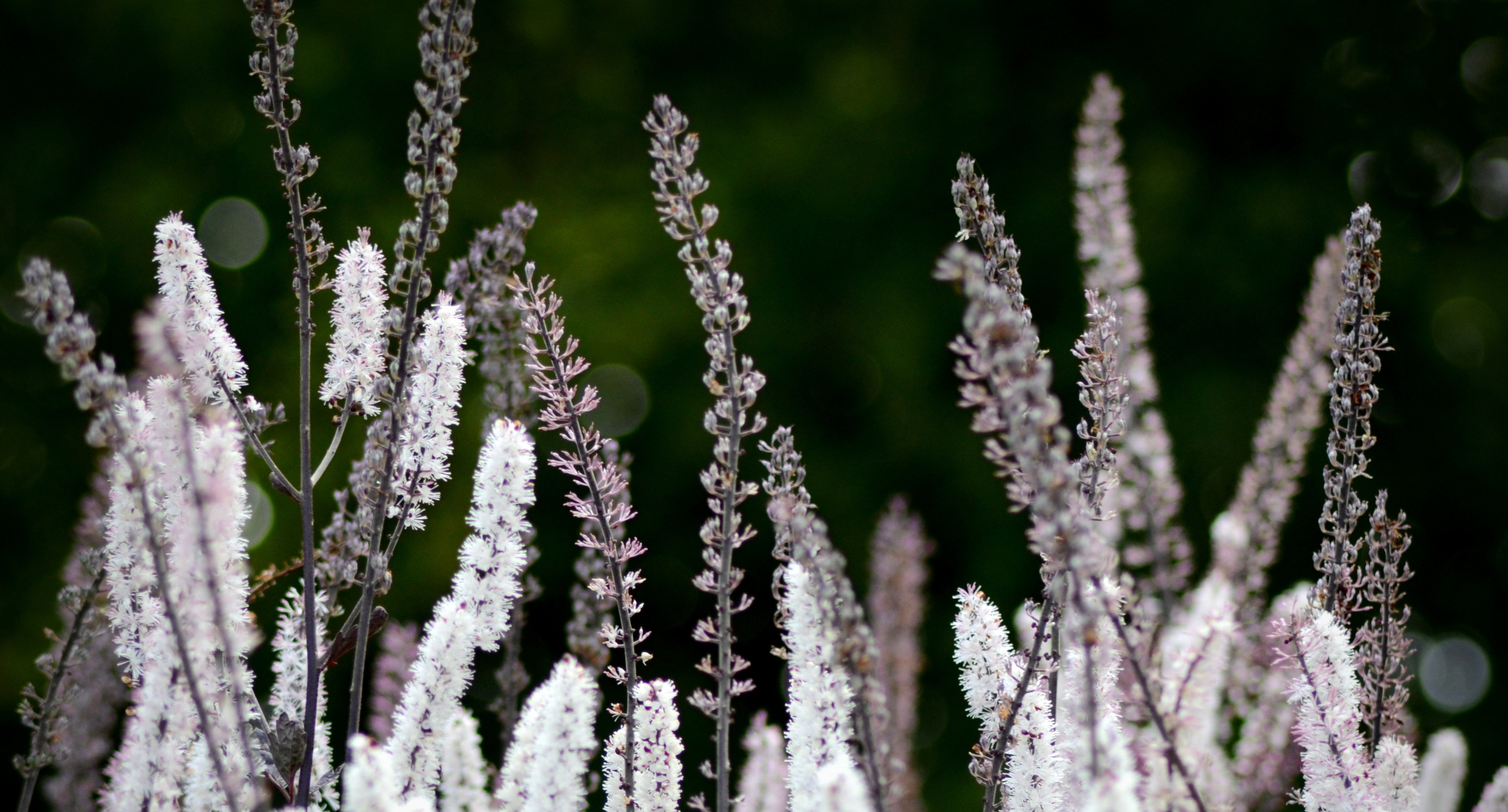
Blue Cohosh
Scientific Name: Caulophyllum thalictroides
Herbal Profile of Blue Cohosh (Caulophyllum thalictroides)
Common Name: Blue Cohosh, Squaw Root, Papoose Root
Botanical Name: Caulophyllum thalictroides
Family: Berberidaceae (Barberry family)
Description:
Blue Cohosh is a perennial herb native to the woodlands of North America, primarily found in the eastern United States and Canada. The plant produces bluish-green foliage and small yellowish-green flowers, followed by clusters of dark blue berries. Historically, Blue Cohosh has been used in Native American and early American herbalism for women’s health, particularly during pregnancy and childbirth.
Key Constituents:
- Alkaloids (N-methylcytisine, anagyrine): These contribute to its uterine stimulating effects.
- Saponins: Known for their anti-inflammatory and immune-boosting properties.
- Glycosides (Caulosaponin and Caulophyllosaponin): Key compounds responsible for uterine tonic and muscle-relaxing effects.
- Methylcytisine: A component with properties similar to nicotine, affecting the nervous system.
Medicinal Uses:
- Female Reproductive Health:
- Anti-inflammatory and Antispasmodic:
- Arthritis and Joint Pain:
- Respiratory Health:
- Urinary Tract Health:
Forms of Use:
- Tinctures and Extracts: The most common form for medicinal use, especially in midwifery and women’s health, where it is administered in small, controlled doses.
- Tea or Decoction: Traditionally prepared from the root for treating menstrual issues or respiratory conditions. Due to the potency of the herb, this form is used with caution.
- Powdered Root: Sometimes used in capsules or added to herbal blends.
Precautions:
- Pregnancy and Childbirth: While Blue Cohosh has been used to induce labor, it should only be used under the guidance of a qualified healthcare provider, as it can be potentially harmful if misused. It can cause strong uterine contractions and may lead to complications such as premature labor, miscarriage, or fetal distress if used incorrectly.
- Heart Health: Blue Cohosh can stimulate the cardiovascular system and increase blood pressure, so it should be avoided by individuals with heart conditions or high blood pressure.
- Toxicity Concerns: The alkaloids and glycosides in Blue Cohosh can be toxic in large doses, particularly affecting the heart and nervous system. Long-term or excessive use can lead to serious health issues such as nausea, vomiting, and cardiovascular problems.
- Drug Interactions: Blue Cohosh may interact with medications that affect blood pressure, heart function, or hormone levels. It should be used with caution by individuals taking such medications.
Growing and Harvesting:
- Climate: Blue Cohosh thrives in shady, woodland areas with rich, moist soil. It is often found growing in deciduous forests.
- Planting: The plant is propagated by seeds or root division. It prefers cool, temperate climates and requires partial to full shade.
- Harvesting: The root, which is the part used medicinally, is harvested in the fall when the plant’s active compounds are most concentrated. The root is dried and processed for use in tinctures, extracts, and powders.
Traditional and Historical Uses:
- Native American Medicine: Blue Cohosh was traditionally used by Native American women to ease childbirth, promote menstrual health, and treat various gynecological conditions. It was also used as a general tonic for women's reproductive health and a remedy for colds and respiratory issues.
- Midwifery: In the 19th and early 20th centuries, midwives used Blue Cohosh to induce labor and assist with difficult deliveries. Its use has since declined due to concerns about safety and potential toxicity, but it remains a part of herbal practice under careful supervision.
Blue Cohosh is a potent herb primarily recognized for its effects on the female reproductive system, particularly in promoting labor and easing menstrual discomfort. While it has valuable medicinal uses, especially in childbirth and women's health, it should be used with caution due to its potential for toxicity and strong physiological effects.
